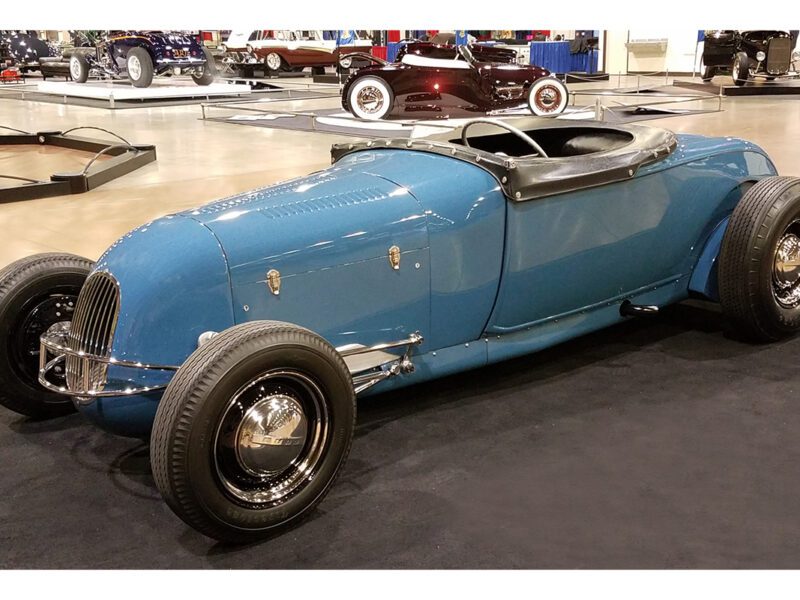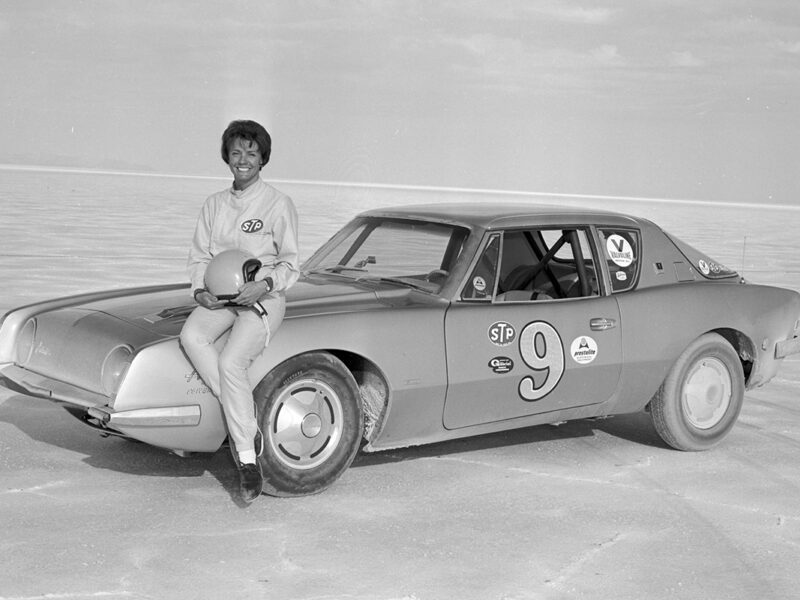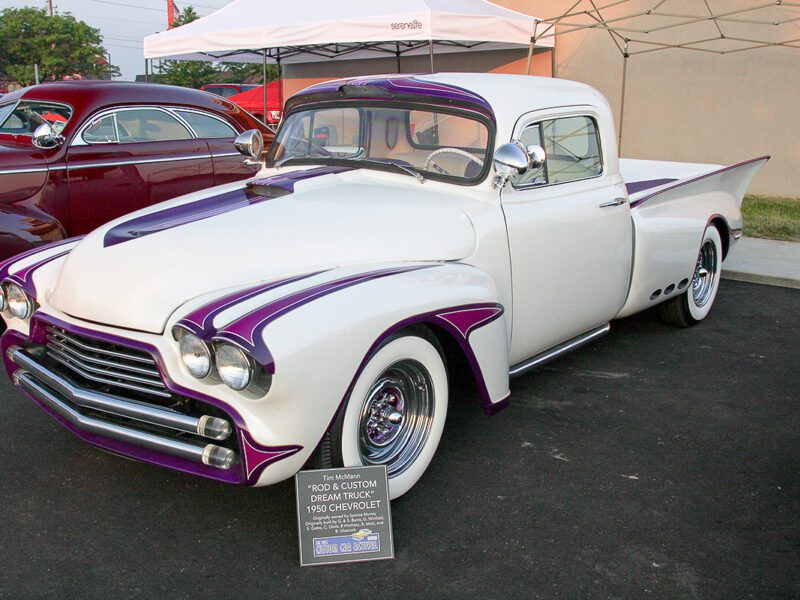Dan Gurney: American Motorsports Icon
Dan Gurney was the ultimate American Motorsports Icon.
Where to begin?
He was as handsome as Brad Pitt and as quick as Juan Manual Fangio. His technical achievements rivaled those of Colin Chapman, and his on-track palmarès put him in the first-tier of American racing drivers. Lest one forget, he won the 1967 Belgian Grand Prix behind the wheel of car of his own creation. No American had ever don’t that before, and no one has done it since.
Daniel Sexton Gurney was born April 13, 1931, in Port Jefferson, N.Y. on Long Island, to John Gurney, a Metropolitan Opera star and his wife, Roma Sexton. After attending Manhasset High school on Long Island, his family trekked west to the dusty Los Angeles suburb of Riverside, where as luck would have it, was also home to Riverside International Raceway.
![]()
He was quickly smitten by the emerging SoCal hot rod culture, and at age 19, he built and raced a car that ran 138 miles per hour at the Bonneville Salt Flats. He balanced racing with academics, attending a community college that was a feeder for Stanford. After JC, he joined the U.S. Army, where he served overseas in the Korean War.
In 1955, he was discharged and soon began racing a Triumph TR2 in local road races. He turned heads with his pace, which landed him a ride in an unwieldy but powerful Mistral sports car in the inaugural Riverside Grand Prix. He finished second overall, ahead of such established stars as Phil Hill and Maston Gregory.
![]()
Shortly thereafter, the phone rang: Ferrari North American importer Luigi Chinetti was on the line, offering Gurney a factory ride at Le Mans for 1958. He ran in the top five before his co-driver crashed the car. But his performance earned him a test run in a works Ferrari, and his Formula One career began with the team in 1959.![]()
So began one of the most successful careers by an American F1 driver. He drove for the most prestigious Grand Prix teams of the time: Ferrari, BRM, Porsche, Brabham and later his own Eagle. Interestingly, he scored maiden Grand Prix victories for three marques — Porsche, Brabham and Eagle. Dan Gurney earned four F1 victories; only Mario Andretti earned more.
Of course, his most significant win was that 1967 Belgian Grand Prix title in his own Eagle, mostly built in his southern California All American Racer shop. That day, he started in his Eagle-Westlake V12 on the front row. After a poor start, he stormed through the field and disappeared, besting Jackie Stewart by more than a minute. That day capped a historic week in Dan Gurney’s career, as a week earlier he and A.J. Foyt teamed up to deliver Ford its first victory in the 24 Hours of Le Mans. On the podium, an exuberant Gurney performed the first-ever champagne shower spray.
![]()
![]()
In addition to his smooth, almost elegant driving style, Gurney’s versatility was nearly unrivaled. (Andretti and Foyt were equally skilled in this regard). In addition to Formula 1 and the sports cars, he competed in the Indianapolis 500 (a series of second places), as well as the Can-Am and Trans-Am series.
![]()
Dan Gurney had a limited but spectacular NASCAR career during the 1960s, most notably dominating the Motor Trend 500 road race at Riverside — winning five times in six nears between 1963 and 1968. In 1963, Gurney finished fifth in the Daytona 500.
By the time Gurney retired as an active driver in 1970, his historic accomplishments had few peers. He was the first driver to win races in all four of the major motor sports categories: Grand Prix, Indy car, NASCAR and sports cars. Only two other drivers, Andretti and Juan Pablo Montoya, have matched that feat.
After exiting the cockpit, Gurney concentrated on being a car builder and team owner, expanding All American Racers, which he formed in 1965 for his F1 effort. In retrospect, it is possible to argue that his career as a car manufacturer and owner surpassed his career as a driver.
![]() As a team, AAR won 78 races (including the Indianapolis 500, the 12 Hours of Sebring, and the 24 Hours of Daytona) and eight championships. Eagle race car customers also won three Indianapolis 500 races and three championships. In 1972, Jerry Grant turned the first 200-mph lap in an Eagle Indy car at Ontario Motor Speedway.
As a team, AAR won 78 races (including the Indianapolis 500, the 12 Hours of Sebring, and the 24 Hours of Daytona) and eight championships. Eagle race car customers also won three Indianapolis 500 races and three championships. In 1972, Jerry Grant turned the first 200-mph lap in an Eagle Indy car at Ontario Motor Speedway.
Moreover, as noted in the recent New York Times obituary on Gurney, he also invented the “Gurney flap,” a small lip added to a wing to increase downforce, a device still used today used on both race cars and aircraft.
With his matinee idol looks and California style, he was popular everywhere. In 1964, Car and Driver magazine kicked off a “Dan Gurney for President” campaign. Sadly, he was too young to run. Sports Illustrated once said that Dan Gurney was, “the living assurance to every worried mom that hot-rodders do not all grow up bad.”
Back during the height of his driving career, The New York Times once wrote: “In the cockpit of his royal blue roadster, wearing a gleaming black helmet and white fireproof racing suit, he looks like a Hollywood version of a Grand Prix driver: handsome, slick, terribly sophisticated. Then he steps out of his car, wearing blue tennis sneakers that are torn, dirty and tired.”
![]() Dan Gurney passed away a few weeks ago from complications of pneumonia. He was 86. The worldwide motorsports community reacted with sadness and appreciation for what he had achieved the contributions he had made.
Dan Gurney passed away a few weeks ago from complications of pneumonia. He was 86. The worldwide motorsports community reacted with sadness and appreciation for what he had achieved the contributions he had made.




